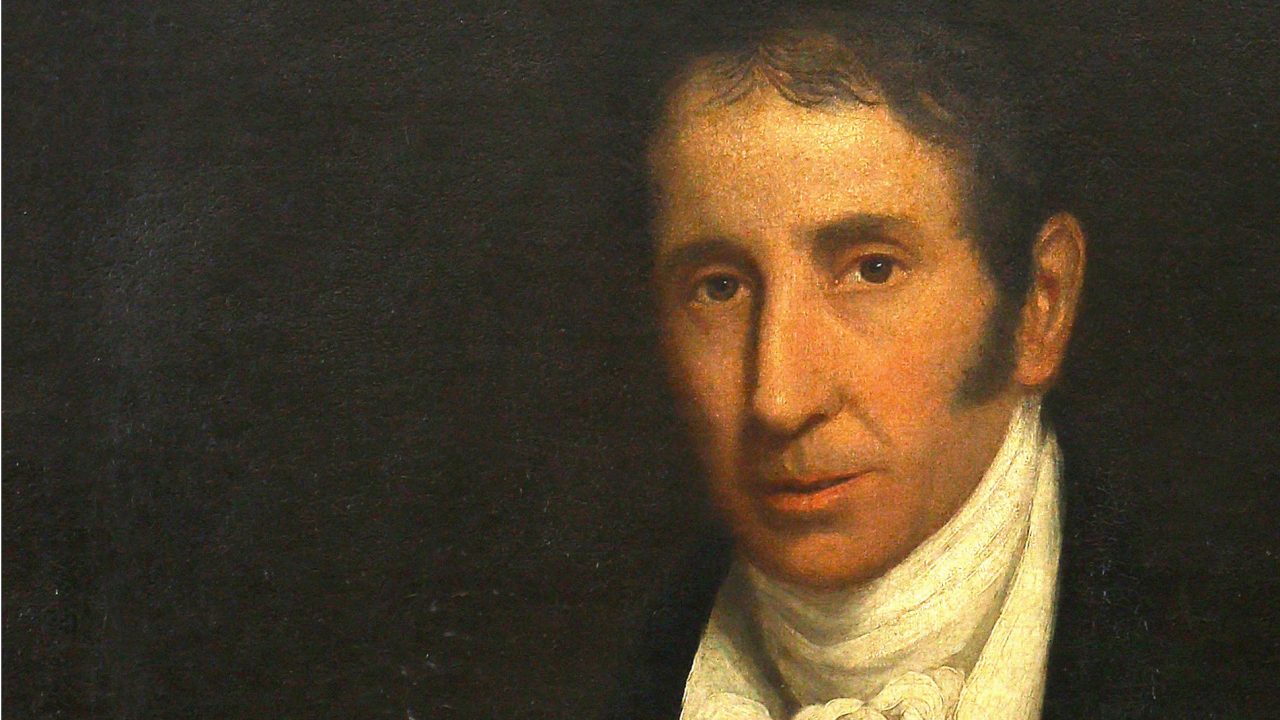
Robert Draws – John Constable was one of Britain’s most celebrated landscape painters, whose love for the English countryside transformed the way nature was depicted in art. Born in 1776 in Suffolk, Constable’s artistic journey was deeply rooted in his emotional connection to the rural scenes of his youth. Unlike many of his contemporaries who sought grandeur and exoticism in their art, Constable found beauty in ordinary farmland, winding rivers, cloudy skies, and quiet village life. His works are now considered national treasures, admired not only for their technical skill but also for the honest and heartfelt way they capture the spirit of rural England.
John Constable was born in East Bergholt, a small village on the River Stour. His father, a wealthy mill owner, hoped young John would take over the family business. However, a strong passion for art drove Constable to pursue painting against the expectations of his family. He once said, “I should paint my own places best,” reflecting his belief that emotional attachment to a subject enhances its representation. Influenced by Dutch painters like Jacob van Ruisdael and Thomas Gainsborough, he developed a keen eye for natural details. His earliest sketches and oil studies, many of which were made outdoors, reveal his constant effort to capture the mood of nature.
Support for his artistic ambitions was gradually received from family and mentors. Constable was finally allowed to attend the Royal Academy in London, where he refined his technique while staying true to his rural themes.
“Read about: Melancholy in Stillness: Exploring the Mind of Giorgio de Chirico”
Constable combined bold ideas with classical techniques in his art. He paid close attention to nature and its smallest details. Light, texture, and atmosphere shaped the mood of his paintings. He often made oil sketches outdoors to capture scenes directly. While most artists worked indoors, he preferred the open air. Later, he completed larger pieces in his studio. The energy from his outdoor sketches gave those works a fresh and lively feel. His rough brushstrokes and bright colors drew mixed reactions. Some critics praised his boldness, while others rejected it. Still, he stayed true to his creative vision. He studied the sky with care and made it a key part of his work. Through the sky, he expressed emotion and captured shifting weather. The changing English landscape kept fueling his imagination.
Some of Constable’s most iconic paintings include The Hay Wain (1821), Dedham Vale (1802), and The Cornfield (1826). The Hay Wain, depicting a rural cart crossing a river, is widely recognized as one of the greatest British paintings. It was first exhibited at the Royal Academy and later in Paris, where it earned admiration from French artists such as Delacroix.
The Hay Wain was awarded a gold medal by the French king, Charles X. Constable’s fame grew significantly after that, although much of his recognition came later in life and posthumously. He never painted abroad, believing the English countryside provided all the inspiration he needed.
“Read more: Online Predator Caught: Philly Man Lured to Hotel in Sting”
Constable faced many hardships in his life. He struggled with money because landscape painting lacked value at that time. Maria Bicknell’s family rejected him due to his unstable income. He waited years before they finally married. Her death from tuberculosis devastated him deeply. He mourned while continuing to paint intensely. He expressed grief through darker tones and stormy skies. His sadness shaped the emotional atmosphere in his later works. He stayed committed to art despite deep personal loss.
Constable’s influence extended far beyond his lifetime. He inspired the Barbizon school in France and was a forerunner of the Impressionist movement, despite never having adopted their style directly. His commitment to truth in nature and his innovative techniques encouraged artists to seek authenticity in their landscapes. Today, his paintings hang in the National Gallery, the Tate, and the Victoria and Albert Museum, as well as in major collections around the world.
His contributions to the art world have been widely recognized by historians. Constable is now considered one of the founding figures of modern landscape painting. His legacy lives on not just in museums but also in the gentle hills and cloudy skies he so passionately rendered.